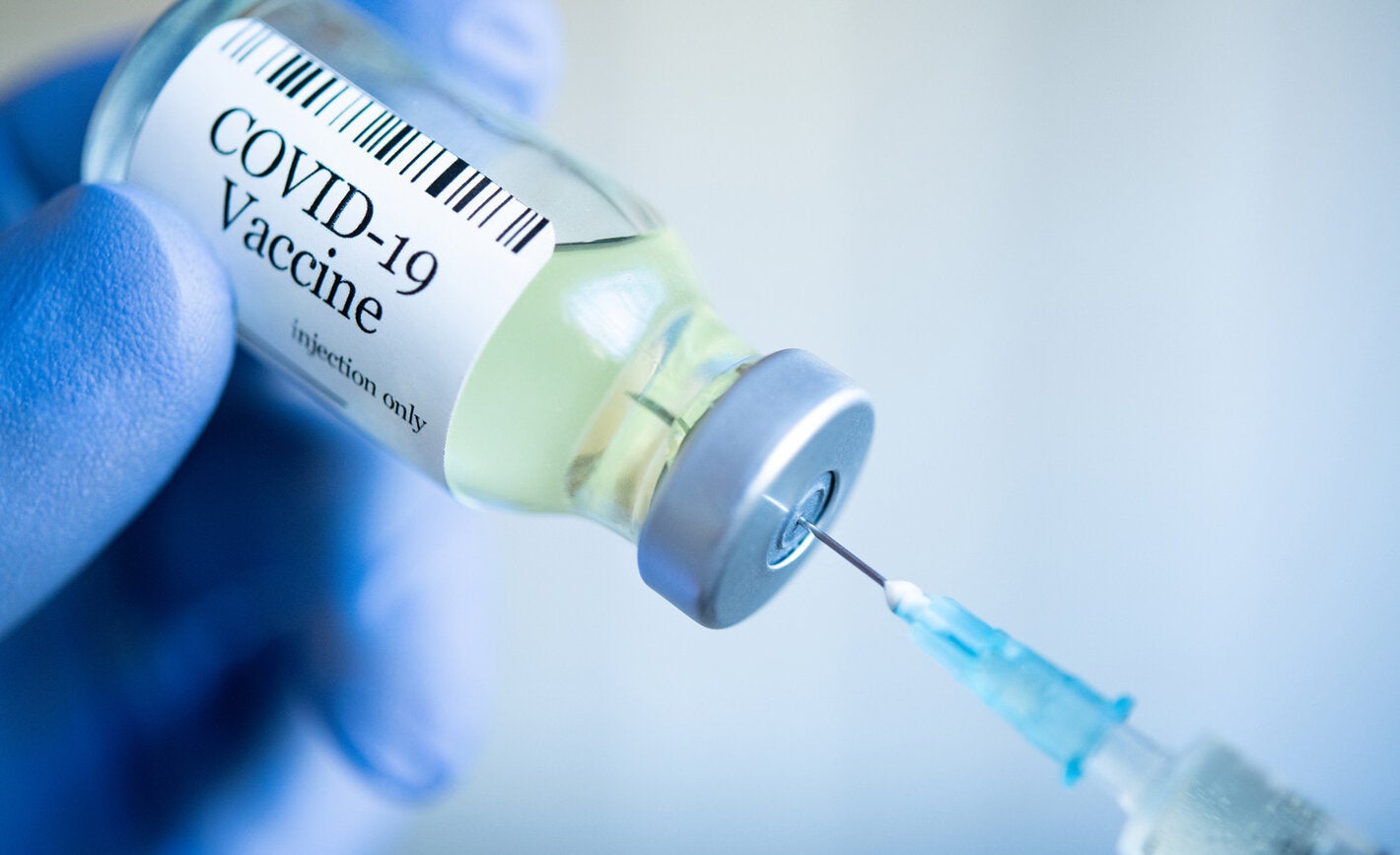[time-brightcove not-tgx=” true”]
Walensky followed the advice of a panel of experts, which met earlier on Nov. 2 to review data on the safety and efficacy of the Pfizer-BioNTech vaccine for kids. In a unanimous vote, the committee recommended the shot for the youngest group yet to get immunized against COVID-19. The CDC committee’s recommendation follows last week’s Food and Drug Administration (FDA) decision to authorize the Pfizer-BioNTech vaccine for the youngest population yet. The vaccine for this age group is one-third the adult dose and will be given in two doses, one month apart. The FDA authorized the shot for the entire age group, but it was up to the CDC to determine whether all children ages 5 to 11 should get vaccinated or only a subset should.
Ultimately, the CDC committee decided that all kids in that age group—about 28 million—should get vaccinated against COVID-19. The members weighed the evidence presented by Pfizer-BioNTech and data from CDC experts on how prevalent COVID-19 infections are among this population of children and how the disease affects them. CDC scientists noted that 1.9 million cases of COVID-19 have occurred among children ages 5 to 11 and that while most cases are mild, 8,300 children have been hospitalized, and 94 have died of the disease.

Members reviewed data from two studies conducted by Pfizer-BioNTech that involved nearly 4,500 children. Those studies showed that children getting the vaccine were less likely to get COVID-19, and if they did, they were less likely to experience severe disease or require hospitalization. There were no deaths associated with the vaccine in these studies.
That data needed to be balanced against the known side effects of the vaccine, which include Multisystem Inflammatory Syndrome in Children (MIS-C)—a rare condition that causes fever, loss of blood pressure, and damage to different organs, including the liver—and myocarditis, an inflammation of the heart muscle. CDC scientists analyzed the rates of these complications among children vaccinated and those who developed COVID-19 and determined that the risk of adverse events was higher among children infected with SARS-CoV-2 than those vaccinated.
HOWEVER, the CDC scientists and committee members acknowledged that because younger children have not been eligible for vaccination yet, not much data is available on risks among this population—the Pfizer-BioNTech trials only included several thousand children. Still, as CDC panel member Lynn Bahta from the Minnesota Department of Health said, “We know more than what we don’t know. And we have a huge commitment to filling in those gaps.” CDC officials noted that after the vaccine is rolled out to this population, the agency’s scientists will continue to monitor for any potential safety concerns through several different reporting systems, including ones that the public can access, such as V-safe, a smartphone tool.
The CDC team also presented convincing models that showed the impact vaccinating children could have on disease burden. Compared to other childhood vaccinations, COVID-19 immunization could prevent three times as many deaths as other vaccinations that children already receive. Or every million vaccinations among this age group, 18,000 cases of COVID-19 could be stopped, as well as 80 hospitalizations and 26 ICU admissions, the team predicted. “When do you know enough? That’s the question,” says Dr. Paul Offit, professor of pediatrics at Children’s Hospital of Philadelphia and a member of the FDA advisory committee recommending the vaccine for children ages 5 to 11. “It’s not about when you know everything, but do you know enough? There’s a huge platform of safety data from 16 to 17-year-olds and children over 12, and that’s a lot of safety information.”
Still, Offit says parents are more hesitant about vaccinating their kids than getting vaccinated themselves. The CDC team presented results from a survey showing that only around half of the parents with children in this age group said they would definitely or probably get their kids vaccinated. “We recognize that there are parents out there with concerns about COVID-19 vaccines,” said Dr. Matthew Daley, senior investigator at Kaiser Permanente Colorado and a CDC committee member. “We hear you clearly and know you want the best for your child. And we encourage you to talk to your family physician or pediatrician.” He also encouraged doctors to engage with parents to get families the information they need to decide about vaccinating their children.
The CDC will provide doctors with more detailed guidance about immunizing children who fall between the two doses’ age ranges. WThe experts noted that vaccine doses are allocated by age and not dependent on body size or weight. Hile 5 to 11-year-olds will receive one-third of the amount given to adults, 12 to 15-year-olds receive the total quantity. So the agency will supply guidance on, for example, whether an 11-year-old who gets an initial smaller dose and then turns 12 before the second shot should get a total amount.
The panel’s recommendation means that pediatricians and family doctors will likely bear the brunt of calls and questions from parents, as most families have said those offices are where they intend to have their kids vaccinated. The Biden Administration is prepared to ship doses directly to more doctors’ offices in the coming weeks. Pediatric doses will be labeled differently to distinguish them from adult-sized amounts, with orange instead of purple caps. “I am doing this to prevent number 95, the 95th death,” said Veronica McNally, president, CEO of the Franny Strong Foundation and the consumer advocate member of the committee, explaining why she voted to recommend universal vaccination for 5 to 11 years olds. “To say this disease is not impacting kids is not an accurate statement, and I hope people understand that.”

















Leave a Reply